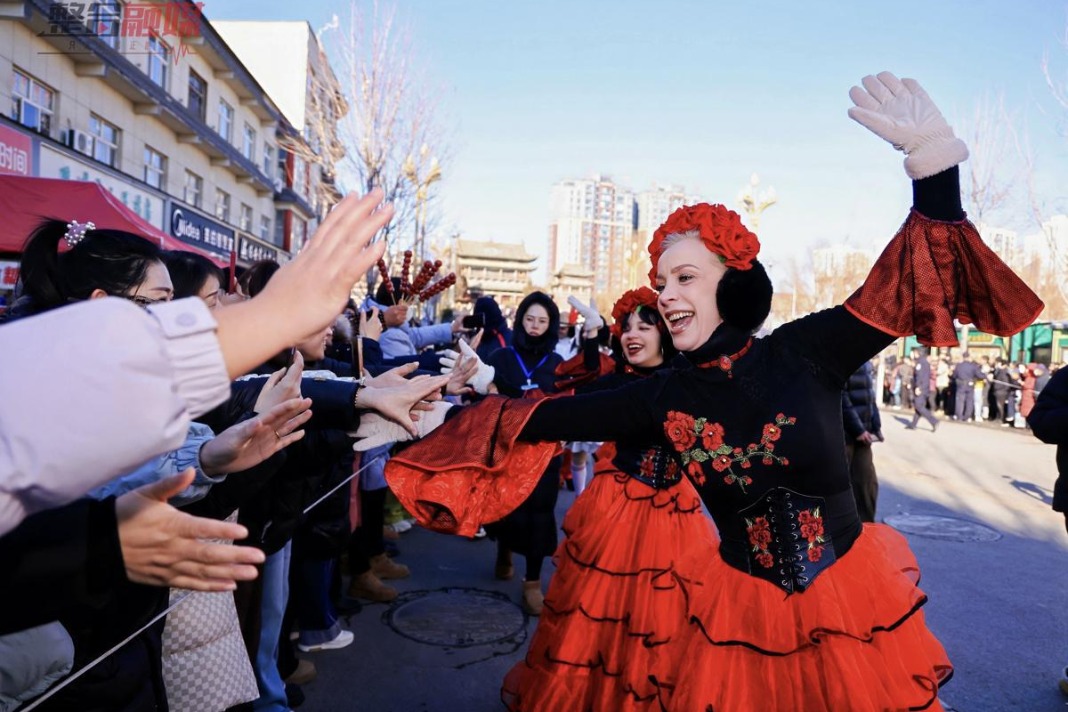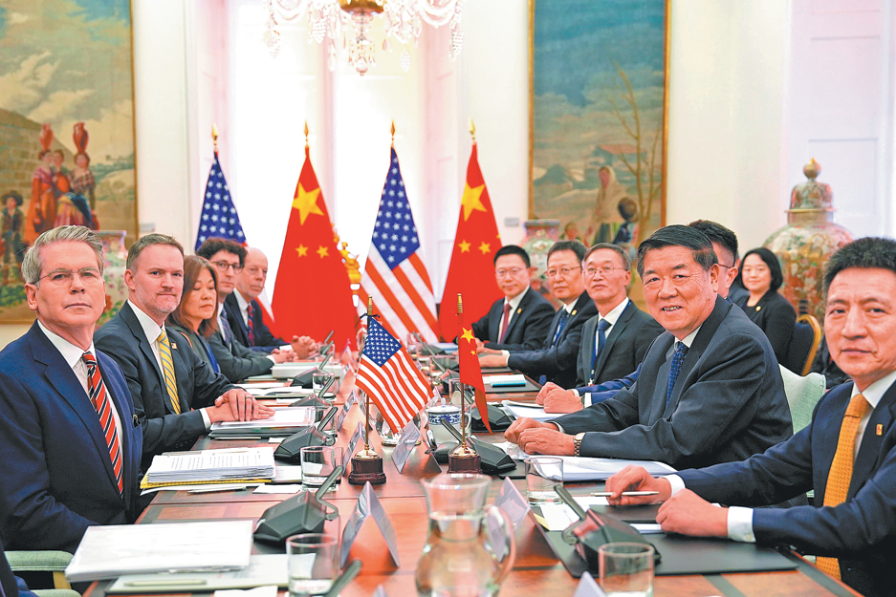Tracing the origins of Confucian inspiration
By Wang Kaihao | China Daily | Updated: 2024-10-10 07:51

Confucian classics engraved on stones, across several dynasties, demonstrated their status as the official guiding thoughts. This physical evidence may have fallen into fragments but the highlighted wisdom they recorded seem to have lasted much longer.
"Confucianism advocates fulfilling responsibilities to the family and the state, extending moral conduct from cultivating the self and regulating the family to rightly governing the state, bringing peace to all under heaven," Wang Guangyao, a researcher with the Palace Museum and a curator of the exhibition, explains.
Calligraphic works left by iconic Confucian philosophers, such as Wang Shouren, also known as Wang Yangming from the Ming Dynasty, demonstrated how generations of Chinese literati pursued the ideals portrayed by the ancient sages. For the Common Good, a handwritten scroll by last century's revolutionary pioneer Sun Yat-sen demonstrating his signature slogan, probably reflects Confucian mindset in national governance in a modern context.
Archaeological findings also help to further record ancient people's Confucian practices in detail. A group of displayed bamboo slips that were unearthed from a Han Dynasty tomb in Wuwei, Gansu province, usher modern people to review how those who lived in ancient times respected the elderly.
This was a cornerstone of Confucian moral codes. In Confucianism, a goal is "to build a society where the elderly have a place to live, the strong have a place to work, the young have a place to grow, and the widowed, the orphaned, the disabled, and the sick are all taken care of".
As the exhibition also shows, Confucian culture has spread far and wide. In the East, Confucianism had its deep impact on neighboring Asian countries. In the West, Confucianism even inspired Enlightenment philosophers like Voltaire with its humanist and rationalist spirit.
Sacrificial bronze wares from the Temple of Confucius in Qufu, Shandong province, also the sage's hometown, and a group of Edo-era animal-shaped bronze vessels used for Confucius-honoring ceremonies from Tokyo National Museum are jointly displayed to provide a glimpse of a shared cultural circle.
























